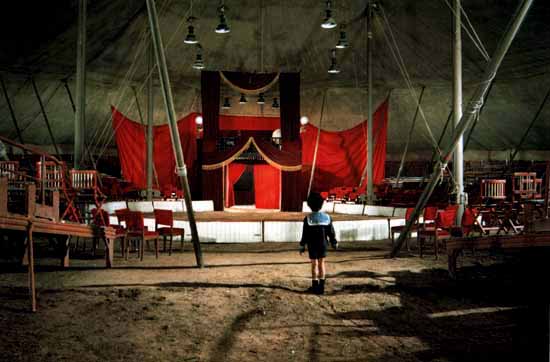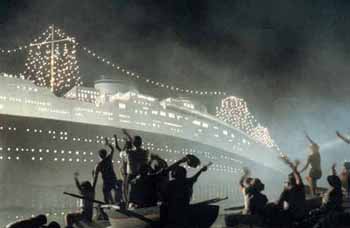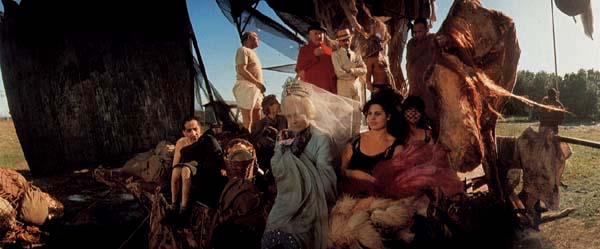|
Fellini
In the foreign or national press, to the
big audience of the illustrated magazines readers, Franco Pinna was known
as the Fellini's set photographer. In reality the professional role of
Franco Pinna was not that of a strict documentation of the movies set,
but that of a freeelance photographer, indipendent and autonomous in his
work around Fellini's movies set.
|

|


|
Pinna knew the director since
the times of La strada (1952) and Le notti di Cabiria (1956),
but the real friendship and professional relation began during the making
of Giulietta degli spiriti (1964), when Pinna was called to substitute
the set photographer Giovanbattista Poletto.
Between the two men a strong relationship arose, a collaboration
that lasted for seven movies ( Tre passi nel delirio/Toby Dammit, Block-notes
di un regista, Satyricon, I clowns, Roma, Amarcord, Casanova),
a great professional experience for Pinna, which provided him notoriety
and work in the most prestigious international magazines like ( "Life",
"Stern", "Vogue", "Paris Match", "Quick", ecc.). |
Far
from the common image of Paparazzo, shown in the movie La dolce vita,
Franco Pinna faced Fellini's set with the same anthropological attitude
used during his photographic reportges in the South of Italy, intervening
with his scientific glance in the oneiric athmosphere of Fellini's phantasmagoria
When Pinna died, suddenly in 1978, he was making the
first studies for the choosing of the locations of the Fellini's La
città delle donne. The director, at the time was writing the
preface for the never published Pinna's last photobook Itinerari emiliani,
and when he heard about the photographer's death, he was the first to pay
homage to the faithful "Franchino", as he used to call him.
|

 photographs
photographs
|